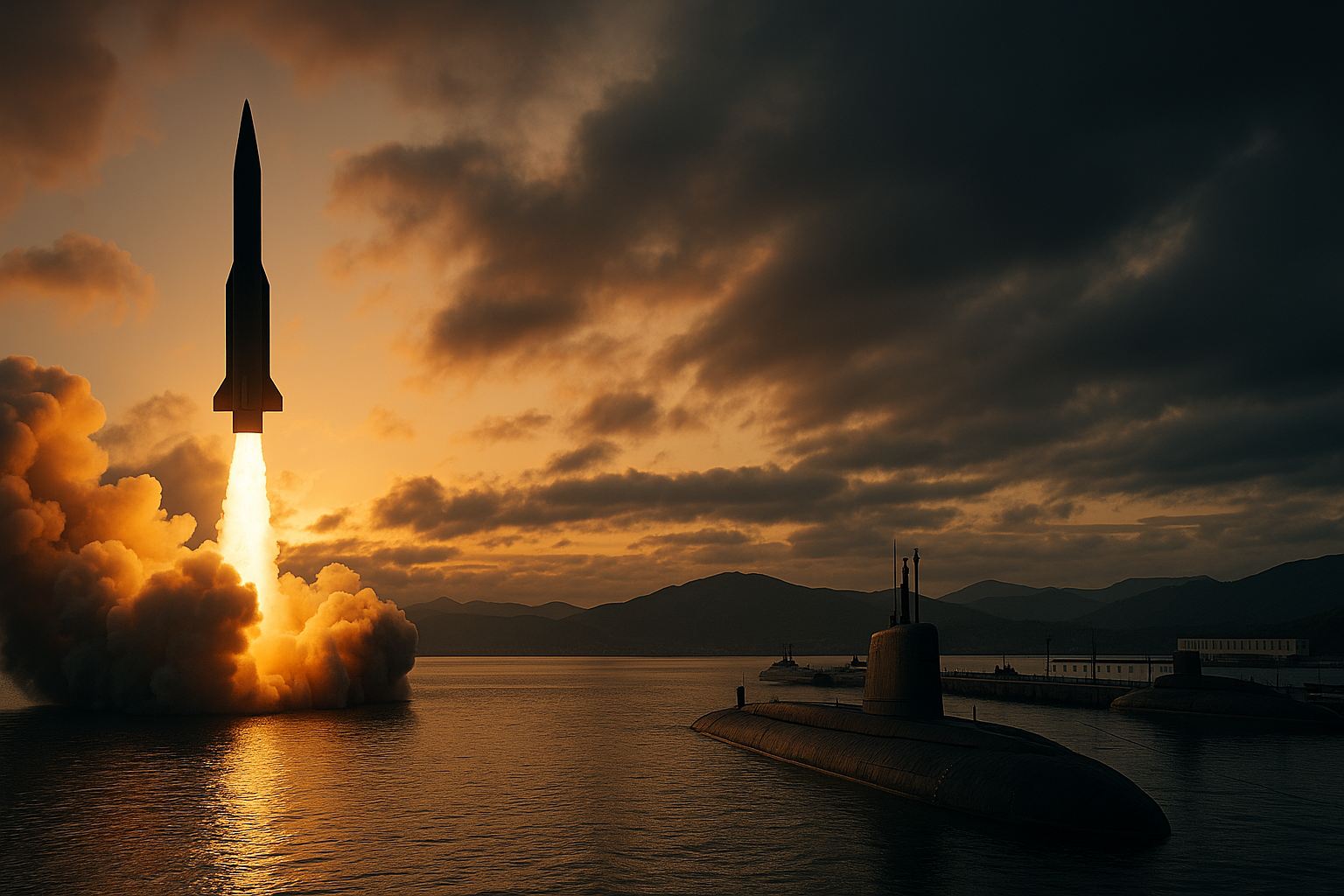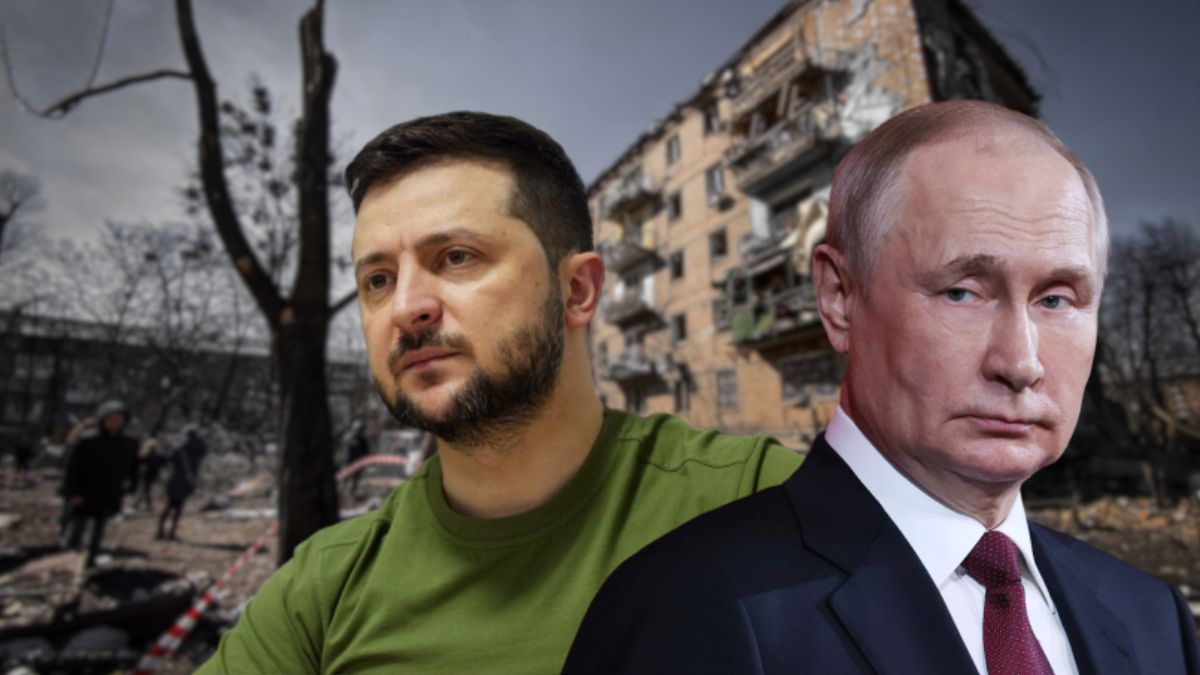Russia Ends INF Moratorium Amid Submarine Base Damage, Escalating Global Nuclear Tensions

Image Courtesy: AI-generated via OpenAI’s DALL·E
In a bold escalation of global nuclear tensions, Russia has officially ended its self-imposed moratorium on the deployment of intermediate- and shorter-range missiles.
This development, declared on August 1, 2025, marks a significant step back from decades-old arms control norms and coincides with another critical event: structural damage at the Rybachiy nuclear submarine base following a powerful earthquake in Russia’s Far East.
These two developments, though unrelated directly, highlight the volatility surrounding Russia’s strategic nuclear posture and its implications for global security.
Is the end of the INF moratorium a dangerous recalibration?
Russia’s decision to abandon its voluntary adherence to the Intermediate-Range Nuclear Forces (INF) Treaty marks a turning point in the deteriorating arms control framework. Originally signed in 1987 between the US and the Soviet Union, the INF Treaty prohibited ground-launched ballistic and cruise missiles with ranges between 500 km and 5,500 km. The US exited the agreement in 2019, citing repeated Russian violations, a claim Moscow denied.
Now, citing increased deployment of US intermediate-range systems in Europe and the Asia-Pacific, and specifically referring to the recent redeployment of American nuclear submarines near Russian shores ordered by President Trump, Moscow has declared itself free of any INF-type constraints. Kremlin spokesman Dmitry Peskov justified the move by pointing to NATO’s “aggressive actions” and the disappearance of conditions necessary for continuing the moratorium.
This development opens the door for Russia to deploy such missile systems along its European and Asian borders, posing significant strategic threats to NATO allies and potentially escalating a new missile race. The move also sends a strong signal to the US and its partners in the Indo-Pacific, especially Japan and South Korea, both of whom may now face increased missile threats closer to their shores.
Has the Rybachiy submarine base, hit by an earthquake, exposed a strategic vulnerability?
Simultaneously, Russia’s nuclear deterrent has faced a physical vulnerability. The Rybachiy submarine base, home to Russia’s Pacific Fleet nuclear submarines, sustained infrastructural damage following a powerful 8.8-magnitude earthquake that struck the Kamchatka Peninsula last week.
Satellite imagery from Planet Labs indicates that a key floating pier broke loose from its moorings. While no major damage to submarines or other critical infrastructure has been reported, the incident highlights the geographical and environmental risks to Russia’s strategic assets.
Located in a seismically active zone, Rybachiy is crucial for Russia’s second-strike nuclear capability in the Pacific. Any operational disruption, whether due to natural disasters or adversarial action, undermines strategic stability. With increased US submarine activity near Russian waters, maintaining base functionality becomes even more critical for Moscow.
What are the strategic and geopolitical implications?
Together, these developments reflect a precarious shift in the global nuclear landscape. Russia’s exit from the INF constraints revives Cold War-era risks of rapid missile deployments across Eurasia.
Coupled with potential operational vulnerabilities in its Pacific-based nuclear fleet, Moscow may feel compelled to accelerate military modernisation and diversification of basing options, including mobile launch platforms or hardened underground sites.
For the international community, these moves reinforce the urgent need to restore dialogue on arms control and nuclear risk reduction. The abandonment of mutual restraint, amid rising geopolitical tensions and environmental uncertainties, sets a dangerous precedent for future strategic stability.







